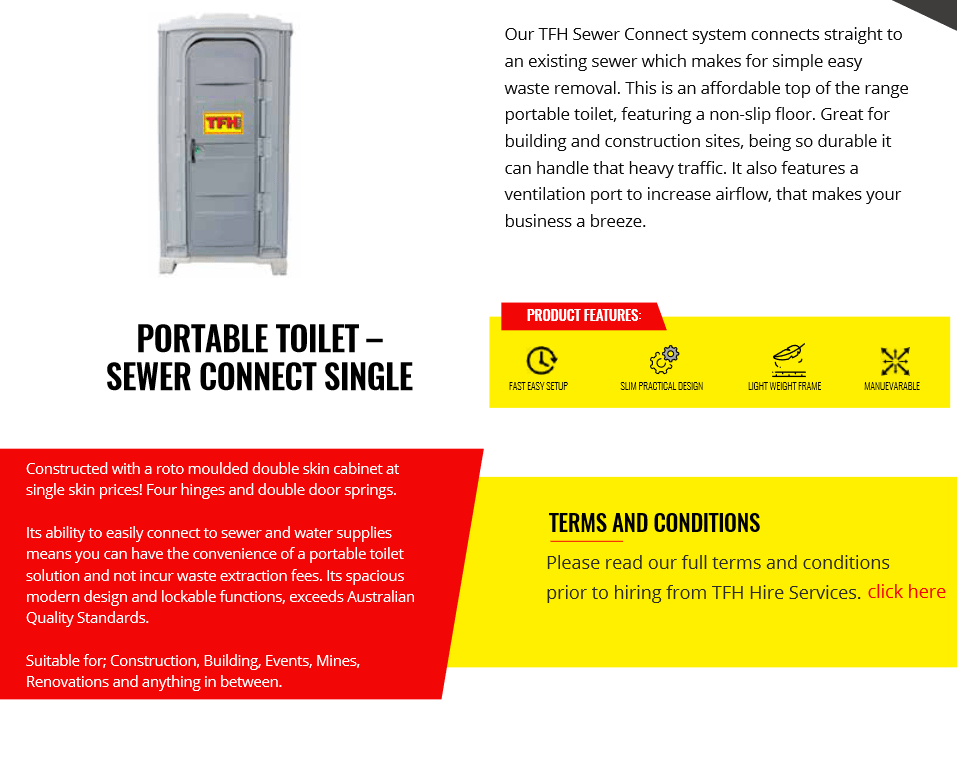Indicators on Reclaim Waste You Need To Know
Table of ContentsThe Buzz on Reclaim WasteAll About Reclaim WasteSome Known Incorrect Statements About Reclaim Waste The Single Strategy To Use For Reclaim WasteThe Only Guide for Reclaim Waste
Residential sewer waste refers to the waste and items from a household septic container. The correct management and disposal of residential sewage waste need liquid waste to be moved to a sewage therapy plant where the appropriate approaches and tools are used to detoxify and dispose of waste.
Industrial waste typically includes possible threats, such as flammable products or a mix of liquid and strong waste products, and calls for an advanced and detailed disposal procedure. The disposal of industrial waste commonly involves the filtering of waste before transport to ensure secure and proper disposal. Industrial waste is created from byproducts and runoff of industrial processes and manufacturing.
This kind of waste can not use the very same sewer monitoring transport or procedures as septic or commercial fluids. The hazardous waste administration procedure needs the evaluation and screening of liquid waste prior to it undertakes the disposal procedure (liquid waste disposal melbourne). Runoff waste is the fluid waste that originates from runoff and excess stormwater in highly inhabited locations or cities
Drainage waste can cause contamination and flooding if not taken care of effectively. Discover more regarding drain cleansing and waste administration. Ensuring appropriate waste management can prevent disasters and reduce environmental harm. Both people in residential settings and professionals in industrial or manufacturing sectors can take advantage of recognizing the procedures and regulations of liquid waste monitoring.
The Best Guide To Reclaim Waste
Get in touch with PROS Services today to find out about our waste monitoring and disposal services and the appropriate ways to look after the liquid waste you generate.
(https://zenwriting.net/reclaimwaste1/innovative-industrial-wastewater-treatment-solutions-by-reclaim-waste)This so-called 'wastewater' is not just a crucial source however, after treatment, will be launched to our land, waterways or the sea. Used water from toilets, showers, baths, kitchen area sinks, laundries and commercial processes is understood as wastewater.

water utilized to cool equipment or clean plant and tools). Stormwater, Homepage a type of wastewater, is runoff that flows from farming and urban locations such as roof coverings, parks, gardens, roadways, paths and gutters right into stormwater drains, after rainfall. Stormwater flows untreated straight to neighborhood creeks or rivers, ultimately reaching the ocean.
About Reclaim Waste
In Queensland, many wastewater is dealt with at sewer therapy plants. Wastewater is moved from domestic or industrial sites with a system of sewage systems and pump stations, recognized as sewage reticulation, to a sewage treatment plant. City governments build, preserve and operate most sewer treatment plants. Operators are certified under the Environmental Management Act 1994 to release treated wastewater at an acceptable ecological criterion right into waterways.
The Department of Natural Resources recommends local governments about managing, operating and maintaining sewage systems and treatment plants. In unsewered locations, local governments might call for owners to install individual or home sewage therapy systems to deal with residential wastewater from toilets, kitchen areas, shower rooms and washings. The Division of Natural Resources authorizes using house systems when they are confirmed to be reliable.
In some brand-new neighborhoods, treatment of some stormwater to get rid of clutter, sand and crushed rock has started utilizing gross pollutant catches. Wastewater treatment takes place in four phases: Removes strong matter.
Wastewater after that streams right into big containers where solids clear up and are removed as sludge. Oil and residue are skimmed from the surface area. Uses tiny living microorganisms referred to as micro-organisms to damage down and remove staying dissolved wastes and great fragments. Micro-organisms and wastes are integrated in the sludge. Eliminates nitrogen and phosphorus nutrients that could trigger algal flowers in our waterways and endanger aquatic life.
The smart Trick of Reclaim Waste That Nobody is Discussing
Nutrient removal is not offered in all sewer therapy plants because it requires expensive specialized equipment. It is coming to be more typical in Queensland. Clear liquid effluent produced after treatment may still include disease-causing micro-organisms. If this effluent is released into waterways such as rivers or the sea, the micro-organisms will ultimately pass away out.

This normally suggests wastewater has actually to be dealt with or impurities eliminated before it can be released to waterways. Many wastewater flows right into the sewage system. Under the Act, local governments provide authorizations and permits for environmentally appropriate activities (Ages) including wastewater releases that could have a local influence. The division provides authorizations and licences to ERAs involving wastewater launches that may have a regional or statewide influence.
The 7-Minute Rule for Reclaim Waste
Or else, samples are taken for research laboratory analysis. Usually numerous examinations are needed to establish the degrees of each of the various pollutants such as oils, heavy metals and chemicals in water. Monitoring supplies valid information regarding water top quality and can validate that permit conditions are being fulfilled. The information gotten with surveillance gives the basis for making water top quality choices.